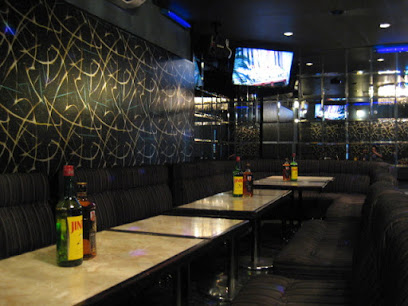
Yamataka Jindai Zakura: Japan's Ancient Cherry Blossom Wonder
Experience the breathtaking beauty of Yamataka Jindai Zakura, Japan's oldest cherry blossom tree, nestled in the stunning landscapes of Yamanashi.
Nestled in Hokuto, Yamanashi, Yamataka Jindai Zakura is the oldest cherry blossom tree in Japan, captivating visitors with its stunning beauty and historical significance. A must-visit destination for any tourist.
A brief summary to Yamataka Jindai Zakura
- 2763 Mukawacho Yamataka, Hokuto, Mukawacho Yamataka, Yamanashi, 408-0306, JP
- +81551-26-2740
- Visit website
- Monday 8:30 am-5 pm
- Tuesday 8:30 am-5 pm
- Wednesday 8:30 am-5 pm
- Thursday 8:30 am-5 pm
- Friday 8:30 am-5 pm
- Saturday 8:30 am-5 pm
- Sunday 8:30 am-5 pm
Local tips
- Visit during late March to early April for the best cherry blossom viewing.
- Bring a camera to capture the stunning scenery and the ancient tree.
- Explore the surrounding park for peaceful walking paths and picnic spots.
- Check local events as the area may host festivals during the cherry blossom season.
Getting There
-
Car
From central Iki, head towards the Iki Airport area and take Route 382 towards the east. Follow the signs for Route 382 for about 45 minutes, which will take you across the island. Once you reach the ferry terminal at Wakamatsu, take the ferry to Fukuoka. After arriving in Fukuoka, drive towards Hokuto City using the Chuo Expressway, and follow signs to Mukawacho Yamataka. The total drive time can take around 2.5 to 3 hours depending on traffic. Ensure you have a GPS or a navigation app for the best routes.
-
Public Transportation
Start at Iki's central bus station and take a bus to Wakamatsu ferry terminal. Ferry tickets cost around 1,500 yen one way. Once in Fukuoka, transfer to a limited express train bound for Kofu station, which will take about 2 hours and cost approximately 4,000 yen. From Kofu, you can take a local bus or taxi to get to Mukawacho Yamataka, where Yamataka Jindai Zakura is located. The local bus ride will take about 30 minutes.
Discover more about Yamataka Jindai Zakura
Iconic landmarks you can’t miss
Akeno Sunflower Field
8.4 km
Explore the enchanting Akeno Sunflower Field in Yamanashi, where vivid sunflowers bloom against stunning mountain views, creating a perfect backdrop for unforgettable memories.
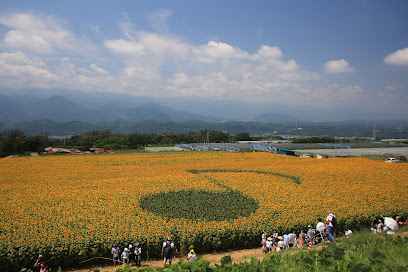
Site of Yato Castle
8.7 km
Explore Yato Castle in Hokuto, Yamanashi - a captivating blend of history, stunning views, and rich cultural experiences await.
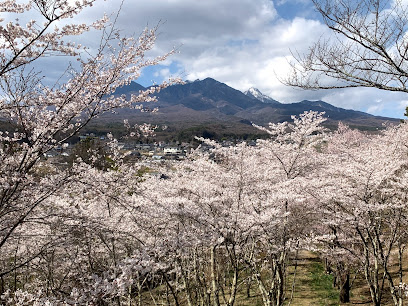
梅之木遺跡
8.7 km
Explore Mei no Ki Ruins, a captivating historical landmark in Hokuto, Yamanashi, where nature meets rich cultural heritage.

Tamagawa Hot Spring
21.8 km
Discover serenity at Tamagawa Hot Spring in Yamanashi, where natural mineral waters and tranquil landscapes create an unparalleled relaxation experience.

(Corporation) Yamanashi Tourism Promotion mechanism
22.3 km
Explore Yamanashi's scenic landscapes and rich culture at the Yamanashi Tourism Promotion Mechanism, your essential guide to unforgettable adventures.
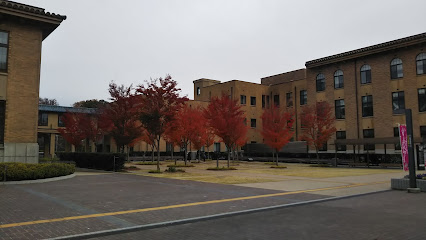
Mimuroyama Tumulus
27.5 km
Discover the ancient burial mounds of Mimuroyama Tumulus, a historical landmark in Yamanashi, Japan, rich in culture and breathtaking natural beauty.
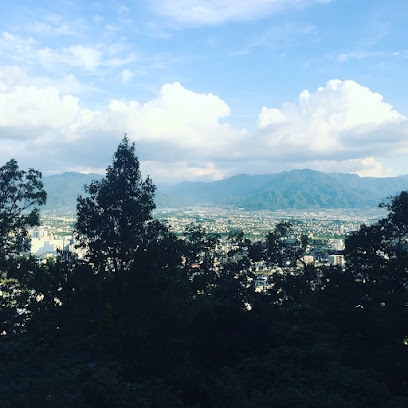
連方屋敷跡
31.9 km
Explore Yamanashi's historical landmark, a captivating blend of cultural significance and stunning architecture nestled in the heart of Japan.
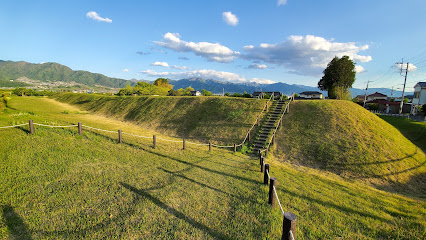
経塚古墳
32.1 km
Discover Kōbō, a historical landmark in Fuefuki, Yamanashi, where culture and nature intertwine for a memorable travel experience.
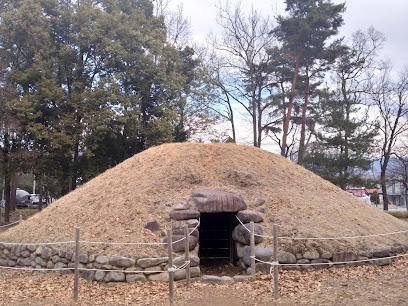
Ichinokama Waterfall
34.6 km
Discover the serene beauty of Ichinokama Waterfall in Yamanashi, a scenic spot perfect for nature lovers and adventurers alike, with breathtaking views and peaceful surroundings.
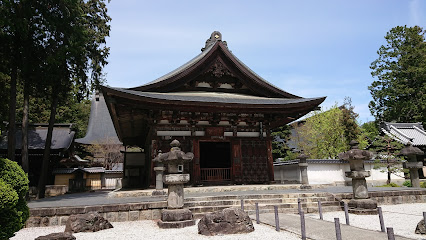
Chateau Mercian Wine Museum
34.8 km
Explore the rich heritage of Japanese winemaking at the Chateau Mercian Wine Museum in Yamanashi, where tradition meets innovation and flavor.
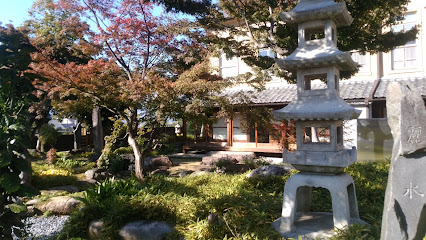
Saiko Iyashi-no-Sato Nenba (Traditional Japanese Village)
40.5 km
Discover the serene beauty of Saiko Iyashi-no-Sato Nenba, a traditional Japanese village that offers a rich cultural experience amidst stunning natural landscapes.
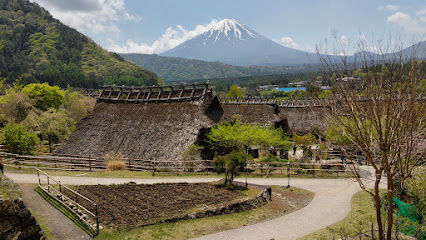
Fuji Shiba-sakura Festival Observation Deck
43.0 km
Discover the stunning beauty of the Fuji Shiba-sakura Festival Observation Deck, where vibrant flowers meet the iconic majesty of Mount Fuji.
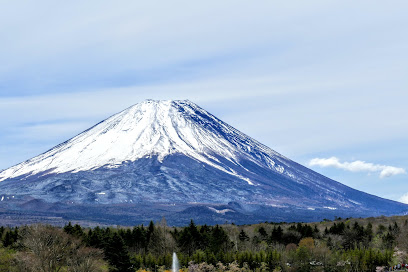
Kubota Itchiku Art Museum
45.2 km
Discover the mesmerizing world of Itchiku Kubota's textile art at the Kubota Itchiku Art Museum, surrounded by stunning views of Mount Fuji.

Lake Kawaguchi Maple Corridor
45.5 km
Discover the breathtaking beauty of autumn at Lake Kawaguchi Maple Corridor, a stunning tourist attraction in Fujikawaguchiko, Japan.
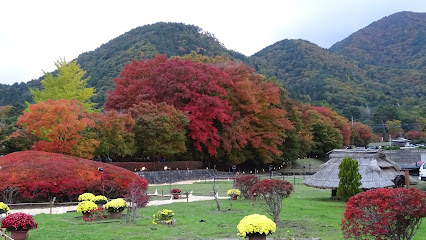
Kawaguchiko Music Forest Museum
46.2 km
Discover the enchanting world of music and art at Kawaguchiko Music Forest Museum, where stunning gardens meet melodic marvels near Mount Fuji.
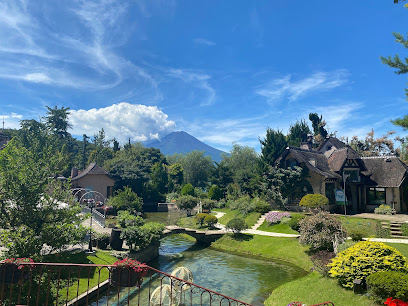
Unmissable attractions to see
Shichiken (Yamanashi Meijo Co., Ltd.)
3.8 km
Experience the rich tradition of sake brewing at Shichiken in Yamanashi, where craftsmanship meets natural beauty.
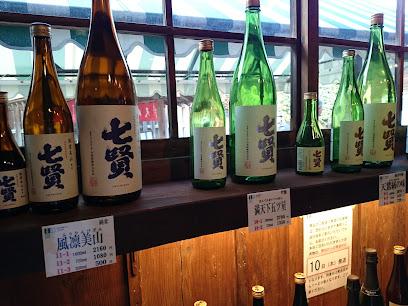
Shichiken
3.8 km
Experience the rich heritage and exquisite flavors of Shichiken Sake Brewery in the scenic Yamanashi Prefecture, Japan.
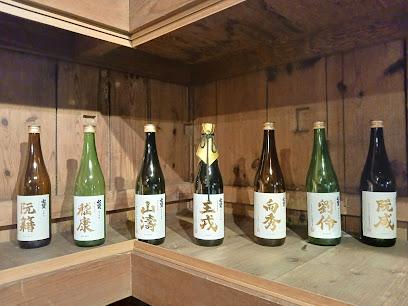
Ojiragawa Canyon
6.8 km
Explore Ojiragawa Canyon, a breathtaking scenic spot in Yamanashi, Japan, perfect for hiking, photography, and enjoying nature's tranquility.
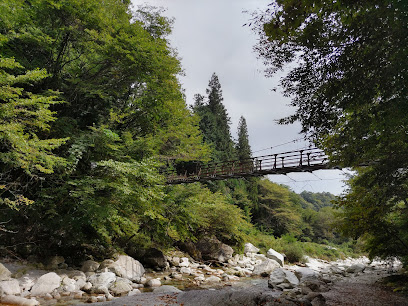
Masayuki Yabuuchi Museum
7.5 km
Discover the Masayuki Yabuuchi Museum in Hokuto, Yamanashi, a serene art haven showcasing contemporary Japanese masterpieces amidst stunning nature.
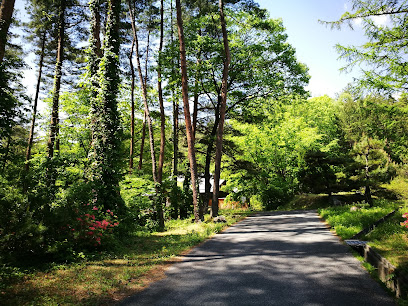
Suntory Hakushu Distillery
7.9 km
Explore the art of whisky making at Suntory Hakushu Distillery, surrounded by the breathtaking landscapes of the Japanese Alps.

Suntory Whiskey Museum
8.0 km
Explore the rich heritage of Japanese whiskey at the Suntory Whiskey Museum in Yamanashi, where tradition meets innovation in every sip.

Heidi's Village
8.7 km
Explore the enchanting Heidi's Village, a unique theme park and botanical garden in Hokuto, Yamanashi, perfect for families and nature lovers.
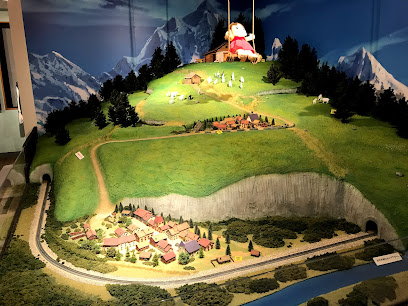
Shiraitono Falls
9.4 km
Discover the serene beauty of Shiraitono Falls, a breathtaking waterfall in Yamanashi, Japan, perfect for nature lovers and photographers.
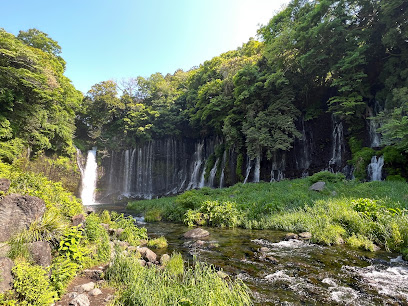
Hirayama Ikuo Silk Road Museum
11.0 km
Explore the vibrant artistry and historical significance of the Silk Road at the Hirayama Ikuo Silk Road Museum in Hokuto, Yamanashi Prefecture.
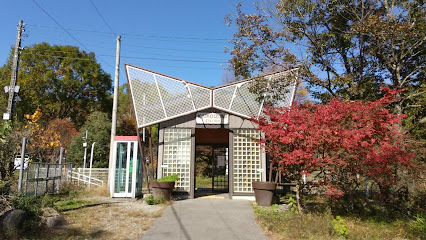
Mars Hosaka Winery
12.4 km
Experience the beauty of Yamanashi at Mars Hosaka Winery, where stunning landscapes meet exquisite wines in a serene setting.
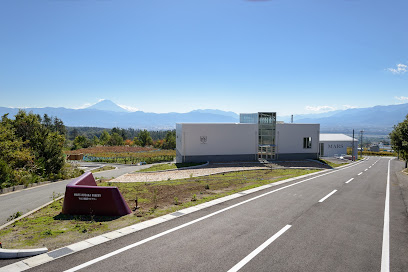
Nakamura Keith Haring Collection
12.7 km
Discover the transformative art of Keith Haring at the Nakamura Keith Haring Collection in Hokuto, Yamanashi, where creativity meets culture.
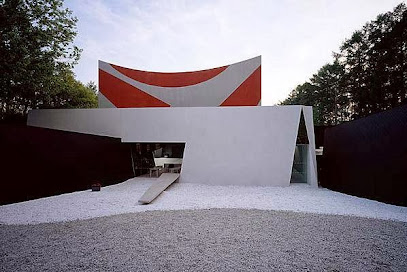
Idojiri historical landmarks park
13.5 km
Discover the beauty and history of Idojiri Historical Landmarks Park, a captivating destination of Nagano, Japan, blending nature with cultural heritage.

Lake Mizugaki
14.8 km
Discover the serene beauty of Lake Mizugaki in Yamanashi, a perfect blend of adventure, relaxation, and stunning natural scenery.
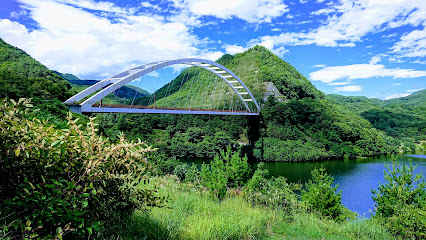
Suntory Tomi no Oka Winery
15.2 km
Experience the beauty and taste of Yamanashi at Suntory Tomi no Oka Winery, where exquisite wines meet stunning vineyard views.

Makiba Park
16.6 km
Experience the serene beauty of Makiba Park in Yamanashi, a tranquil escape featuring farm animals, scenic views, and family-friendly activities.
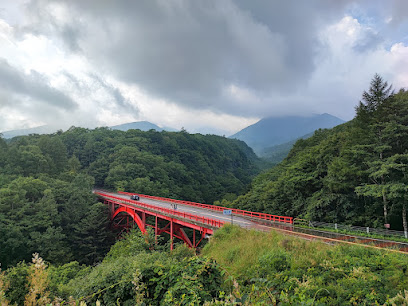
Essential places to dine
気まぐれ屋
27.0 km
Experience authentic Japanese cuisine at 気まぐれ屋 in Yatsubo, famed for its Chicken Curry-Rice and warm hospitality.
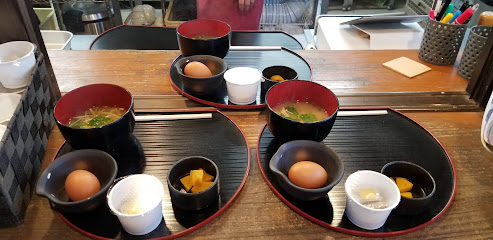
Keyaki
27.8 km
Discover authentic Japanese teppanyaki at Keyaki in Yamanashi - where culinary artistry meets breathtaking mountain views.
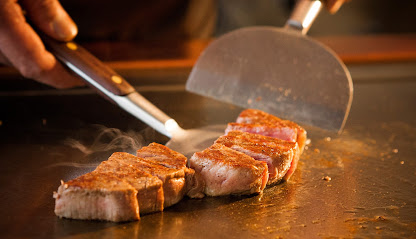
Fuefukigawa
27.8 km
Discover the art of Kaiseki at Fuefukigawa - a culinary gem nestled in Yamanashi's breathtaking landscapes.
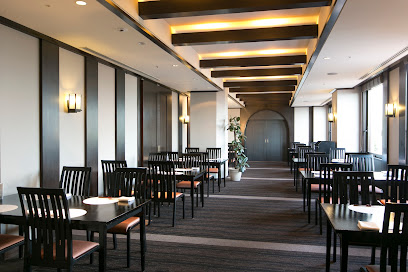
展望・星屑レストラン ガイア
28.2 km
Discover fresh flavors at Gaia Restaurant in Yamanashi - where vibrant salads meet stunning views.
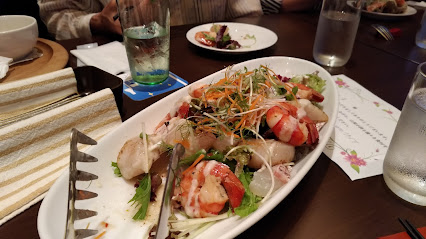
West Mountain
28.5 km
Discover the perfect blend of Western cuisine and Japanese flavors at West Mountain in Yamanashi.
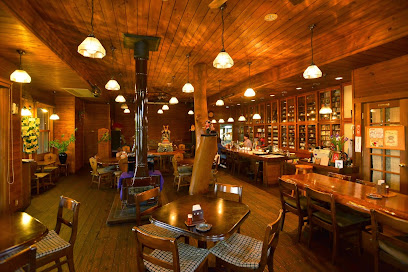
玉寿し・すしやのスパゲッティ
28.6 km
Experience a unique fusion of Japanese sushi and Italian pasta at 玉寿し・すしやのスパゲッティ in Yamanashi.
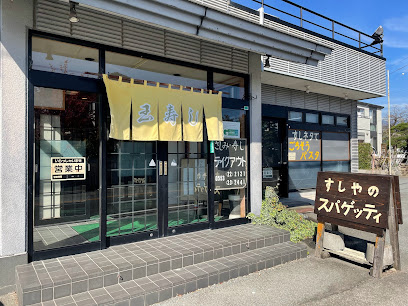
Satoyamatei
28.7 km
Discover the essence of Yamanashi at Satoyamatei, where authentic hoto noodles are served in a warm and inviting atmosphere.

Donguri
28.7 km
Experience authentic Japanese cuisine at Donguri in Yamanashi – where tradition meets flavor in every dish.
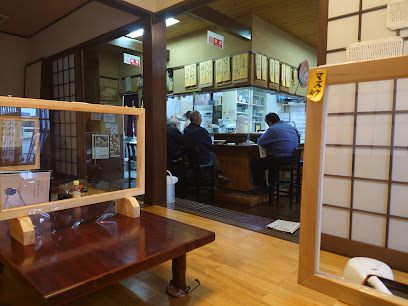
Akafuji
29.0 km
Discover authentic Japanese cuisine at Akafuji in Fuefuki – renowned for its hot pot and hoto noodles amidst serene surroundings.
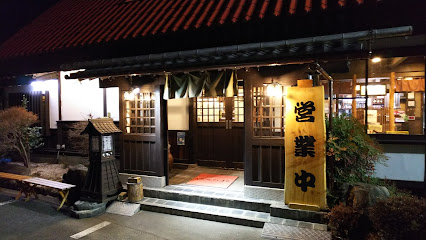
Hoto Funari Fruit line ave
29.5 km
Experience authentic Japanese cuisine at Hoto Funari, where traditional flavors meet local ingredients in Yamanashi's scenic setting.
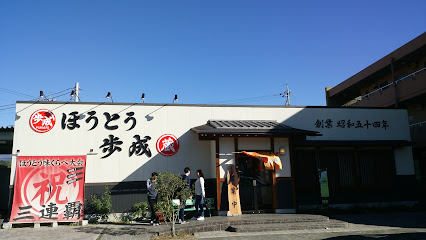
ディープジョティ
29.6 km
Experience authentic Indian flavors in Yamanashi's charming Deep Jyoti restaurant, where every dish tells a story.
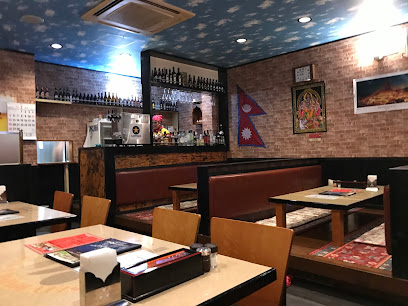
Miharashi
29.9 km
Experience authentic Japanese cuisine at Miharashi in Yamanashi - home of delicious Hoto noodles and delightful desserts.
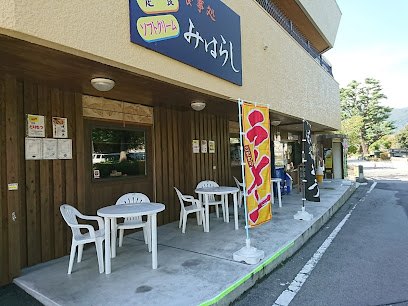
Isami
30.2 km
Experience authentic izakaya dining at Isami in Yamanashi - where every dish tells a story and every moment is memorable.
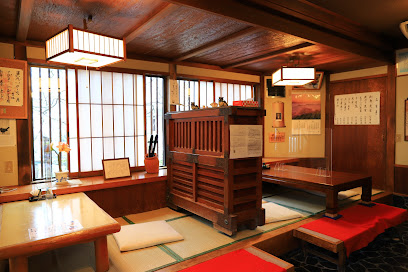
らーめんテラス好吃
30.2 km
Discover authentic Japanese ramen flavors at らーめんテラス好吃 in Yamanashi – where every bowl tells a story of tradition.
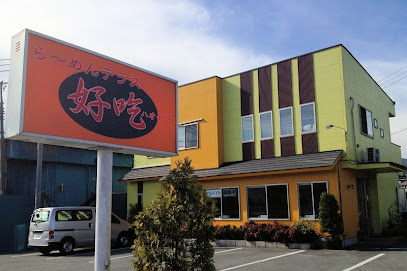
Hanabishi
30.3 km
Discover the exquisite taste of traditional Japanese cuisine at Hanabishi in Yamanashi, where culinary artistry meets authentic flavors.
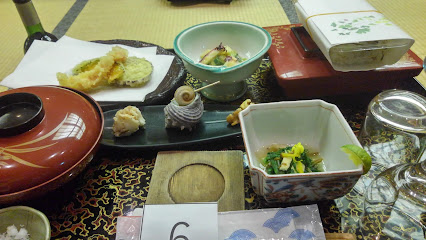
Markets, malls and hidden boutiques
Laza Walk Kai Futaba
15.0 km
Explore Laza Walk Kai Futaba, a dynamic shopping mall in Yamanashi, Japan, with diverse shops, dining, and entertainment options for an unforgettable experience.
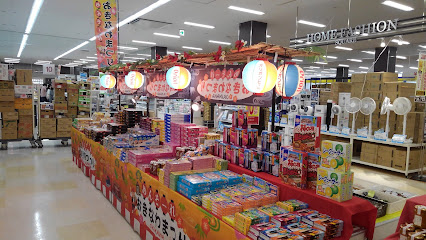
Ink Pot
22.2 km
Discover the charm of Japan's stationery culture at Ink Pot, a delightful store in Showa, Yamanashi, offering unique writing supplies and artistic inspiration.
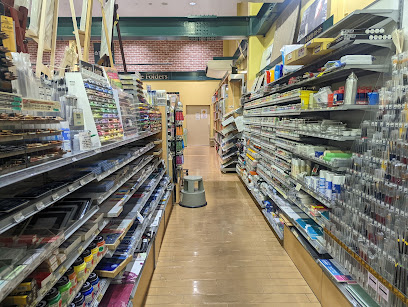
Okajima Department Store
22.4 km
Discover Kofu's shopping gem, Okajima Department Store, where fashion meets local flavors in a vibrant shopping experience.

赤沢米店
29.7 km
Experience the exquisite flavors of traditional Japanese sweets at 赤沢米店 in Yamanashi, where local ingredients meet culinary artistry.
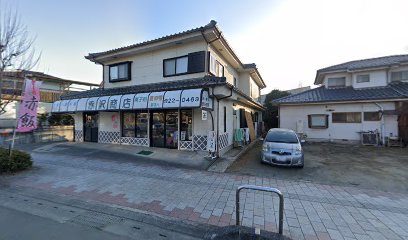
万力公園内 売店
29.9 km
Discover the charm of 万力公園内 売店, a cozy store nestled in Yamanashi's Manriki Park, perfect for snacks and relaxation amidst nature.
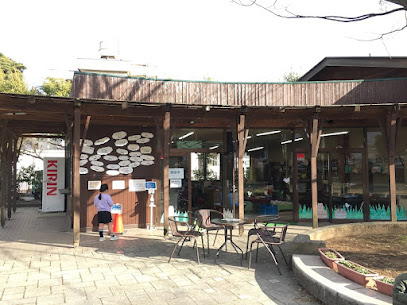
リュー・クリエート
30.0 km
Explore the exquisite craftsmanship of リュー・クリエート, Yamanashi's premier wholesale jeweler, where elegance meets tradition in stunning jewelry design.

Eden
30.3 km
Explore Eden in Yamanashi, a stylish clothing store offering a unique blend of modern and traditional fashion for travelers seeking the latest trends.

Ichiyama Mart Yamanashi
30.3 km
Explore local flavors and fresh produce at Ichiyama Mart Yamanashi, your gateway to Yamanashi's culinary delights.

wakuwaku 石けんらんど
30.3 km
Discover the art of soap making at Wakuwaku Soap Land, Yamanashi's unique general store offering artisan soaps and hands-on workshops.

Naganuma
30.3 km
Explore Naganuma in Yamanashi: A Music Lover's Paradise with an Enchanting Collection of CDs in a Cozy Atmosphere.
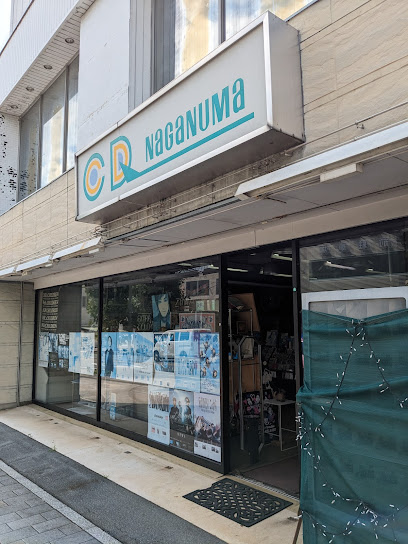
ふじもとや
30.4 km
Explore ふじもとや, a unique cosmetics store in Yamanashi, and discover Japan's exquisite beauty products and skincare secrets.
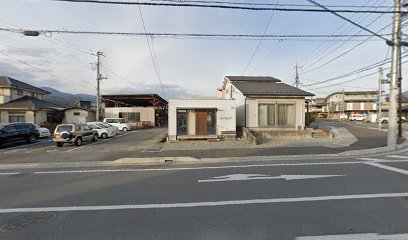
買取大吉 山梨小原西店 ブランド・金・貴金属・ロレックス・時計買取
30.4 km
Explore Kaito Daikichi Yamanashi Kobaranishi for unique thrift treasures, luxury brands, and unbeatable deals in Yamanashi.

アメミヤ衣料品店
30.4 km
Explore the charm of Japanese fashion at アメミヤ衣料品店 in Yamanashi, where tradition meets modern style for a unique shopping experience.
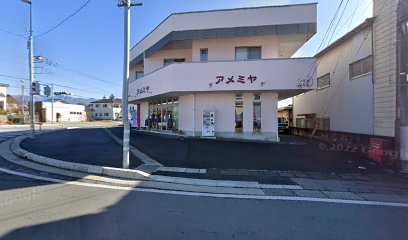
山梨アーバン
30.4 km
Discover Yamanashi Urban, a cosmetics paradise in Yamanashi, offering exquisite beauty products that reflect the essence of Japanese skincare and makeup.
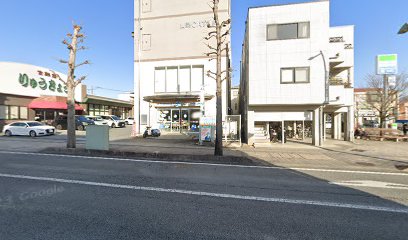
くぼたニコニコ堂
30.4 km
Discover the charm of くぼたニコニコ堂, a hidden gem in Yamanashi offering exquisite models and musical instruments for enthusiasts and collectors alike.

Essential bars & hidden hideouts
Bar山鳥
26.6 km
Discover tranquility and local flavors at Bar山鳥, a charming bar in Yamanashi perfect for unwinding after your adventures.
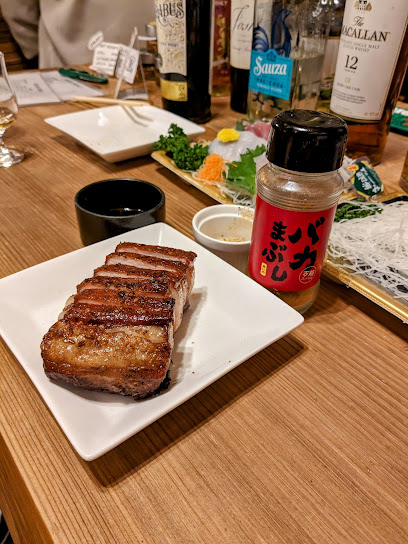
音酒場キーストーン
28.5 km
Discover the lively nightlife and unique drinks at 音酒場キーストーン, a bar in Fuefuki, Yamanashi that captures the essence of Japanese social culture.
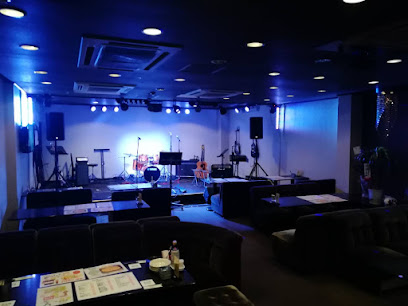
飛行亭
28.6 km
Discover the cozy atmosphere of 飛行亭, a delightful bar in Yamanashi offering local flavors and a perfect retreat after your adventures.
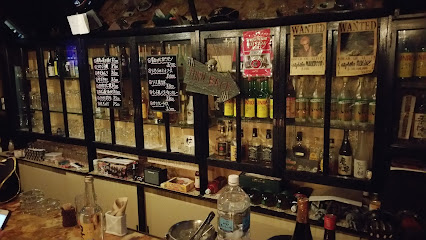
パブ タニヤ
28.6 km
Discover the vibrant nightlife at パブ タニヤ in Fuefuki, a bar that offers an authentic taste of Japanese culture and local spirits.
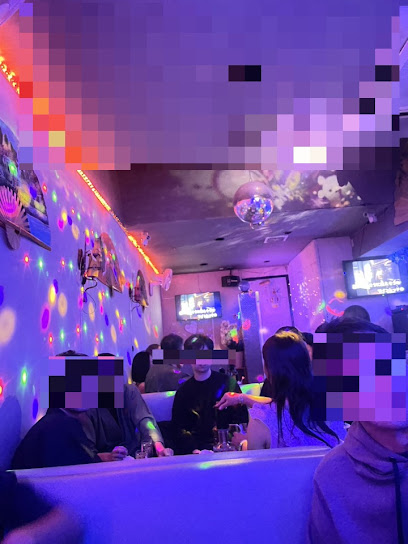
Arch
28.6 km
Discover Arch, a charming bar in Yamanashi, where local flavors and warm hospitality create unforgettable memories.
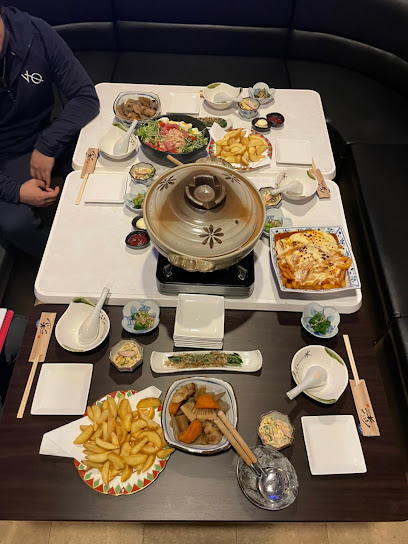
La Belle
28.7 km
La Belle in Fuefuki: A Cozy Bar Experience with Exquisite Drinks and Local Hospitality.
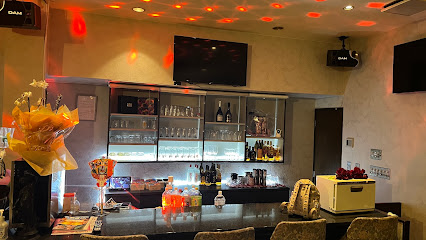
Blue Ribbon
28.7 km
Discover Blue Ribbon Pub: A cozy retreat in Fuefuki, Yamanashi, where locals and tourists mingle over drinks in a warm, inviting atmosphere.
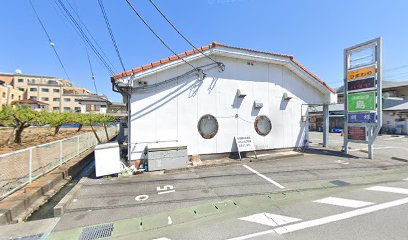
pub joy
28.7 km
Discover the lively nightlife at Pub Joy in Fuefuki, where locals and tourists enjoy drinks and camaraderie in a cozy setting.

カラオケボックス&海賊shot bar 宴 Utage
28.8 km
Join the vibrant nightlife at Utage Karaoke Box & Pirate Shot Bar in Fuefuki, where cocktails, karaoke, and fun await you!
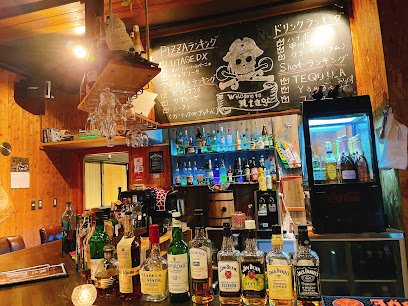
ゆかいなばーBestie
28.9 km
Discover the vibrant nightlife at ゆかいなばーBestie, where local culture meets cozy ambiance in Fuefuki, Japan.
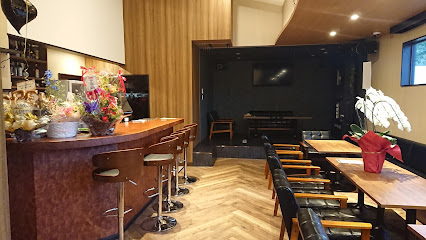
pataya (パタヤ)
29.0 km
Experience the vibrant nightlife at Pataya, a popular pub in Fuefuki, where local flavors and a lively atmosphere come together.

shot bar & cafe maret みずき
29.0 km
Discover the charm of Shot Bar & Cafe Maret みずき, a perfect blend of local flavors and inviting ambiance in Yamanashi, Japan.
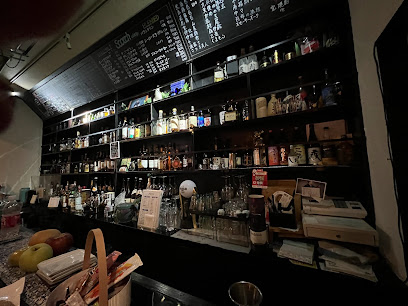
パブ マオ
29.0 km
Experience the lively ambiance and local flavors at パブ マオ, Fuefuki's must-visit pub for an authentic Japanese nightlife experience.

ZERO Style Bar HOTARU
29.0 km
Discover the vibrant nightlife at ZERO Style Bar HOTARU, a must-visit bar in Fuefuki, Yamanashi, perfect for socializing and savoring unique drinks.
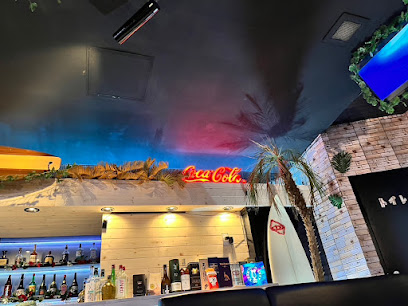
Paradise
29.1 km
Experience the vibrant nightlife of Fuefuki at Paradise, a cozy bar offering local drinks and a welcoming atmosphere.
